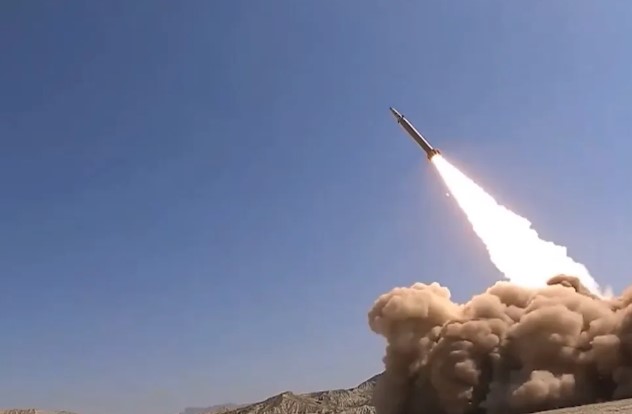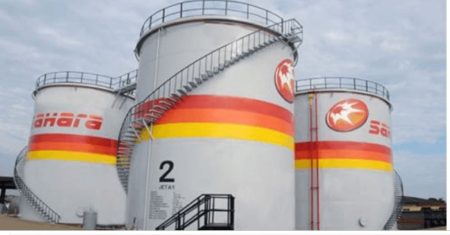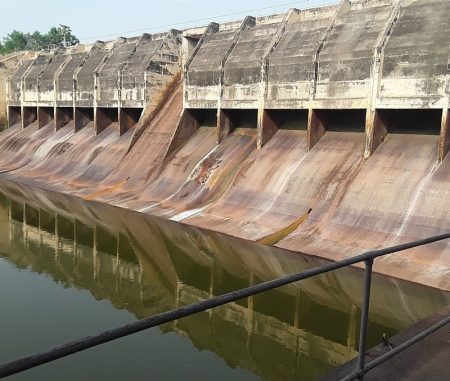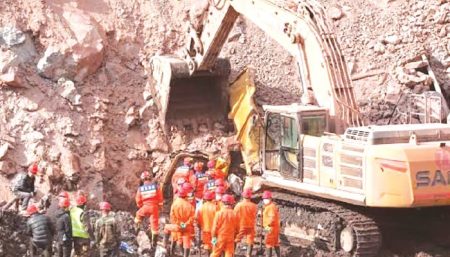The recent escalation of conflict between Israel and Iran reached a critical point with a barrage of missile strikes launched by Iran targeting Israeli territory, primarily focusing on the densely populated Dan region surrounding Tel Aviv. The attacks followed Israeli strikes on Iranian military and nuclear facilities, marking a significant intensification of hostilities between the two nations. While the exact number of missiles launched remains undisclosed, Israeli military sources indicate that less than 100 projectiles were fired in two separate volleys. The majority of these missiles were either intercepted by Israel’s air defense systems or failed to reach their intended targets. However, a limited number did strike buildings, causing damage and injuries.
The impact of the missile strikes was felt most acutely in Tel Aviv and its surrounding suburbs. One of the most dramatic scenes unfolded in central Tel Aviv, where a high-rise residential building sustained significant damage, with a large hole ripped open at its base and fire and smoke billowing from the structure. Firefighting crews rushed to the scene, battling the blaze and working to rescue individuals trapped within the damaged building. This incident underscores the potential for civilian casualties and widespread destruction when urban centers are targeted in missile attacks.
Beyond the immediate damage caused by direct missile hits, the attacks also resulted in injuries and destruction from falling debris and shrapnel from intercepted missiles. In Ramat Gan, a suburb of Tel Aviv, the streets were littered with debris from damaged buildings, with facades torn apart by the force of the blasts. First responders worked to clear the area, removing damaged vehicles and tending to the injured. The scene of destruction, with fallen concrete, metal bars, and wooden planks scattered across the streets, illustrated the indiscriminate nature of the attacks and the potential for collateral damage.
The human toll of the attacks became increasingly apparent as reports of casualties emerged. According to Magen David Adom, Israel’s emergency medical service, at least 21 people were injured in the missile strikes, with two individuals sustaining serious injuries. Images from Ramat Gan showed a bloodied man standing on the street, highlighting the personal impact of the violence and the suffering inflicted on innocent civilians caught in the crossfire. The attacks underscore the inherent risks posed to civilian populations residing in conflict zones and the urgent need for de-escalation to prevent further human suffering.
The exchange of fire between Israel and Iran represents a dangerous escalation of tensions in the region. While Israel’s air defense systems managed to mitigate the impact of the missile barrage, the attacks demonstrate Iran’s growing missile capabilities and its willingness to target Israeli population centers. This raises serious concerns about the potential for future conflict and the devastating consequences that could ensue if tensions continue to escalate unchecked. The international community must work to de-escalate the situation and prevent further violence.
The missile attacks on Israel underscore the fragile security situation in the Middle East and the potential for rapid escalation of conflict. The targeting of civilian areas raises serious concerns about the protection of non-combatants and the need for adherence to international humanitarian law. The international community must redouble its efforts to promote dialogue and peaceful resolution of disputes in the region, working towards a future where such acts of violence are prevented and the safety and security of all individuals are guaranteed. The events serve as a stark reminder of the devastating consequences of unchecked conflict and the urgent need for de-escalation and peaceful solutions.














